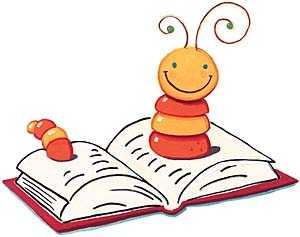Book
Review- The Book Thief by Markus
Zusak
a.
Bibliography
Zusak, Markus. 2006. The Book Thief. New York, New York: Listening
Library. Audio CD. ISBN 0739337270
b.
Plot
Summary
Set during World War II
in Germany, Death himself narrates the story of Liesel Meminger. Liesel is a
foster girl living outside of Munich who makes a living by stealing books. In a
tough setting of rough kids and cruel mothers, Liesel is taught to read her stolen
books by her accordion-playing foster father. Along with the collection of
stolen books, Liesel collects a variety of friends: her foster parents, the
mayor’s wife, a strange boy named Rudy, and Jewish refugee. In this captivating
novel, we see Liesel begin to overcome the horrific events of her past.
c.
Critical
Analysis
This is a moving story
for sophisticated teen and adult readers with engaging characters and a
heartbreaking plot. There are large blocks of action-packed adventure to keep
the plot moving. Interestingly, Death is a fascinating narrator for Liesel’s
story. Although it is set in the past, Death’s commentary is very postmodern.
As an audiobook, the
story truly takes life. Zusak writes in such a beautiful, poetic syntax, which
read aloud, the listener feels a part of the book.
d.
Review
Excerpts
·
Starred review from School Library Journal “An extraordinary narrative.”
e.
Connections
·
A great addition to a World War II unit
in a high school or college class
·
Have students discuss the importance of
Death as the narrator. Have the students collaborate and rewrite a section with
Liesel giving a first-person point of view.









